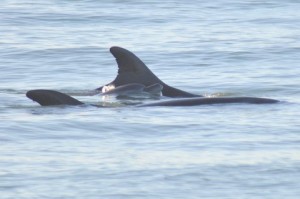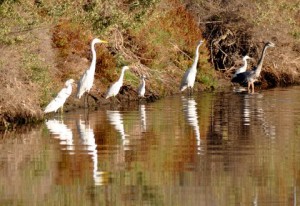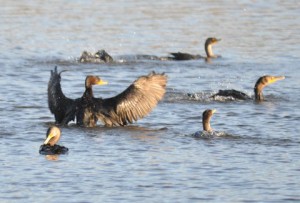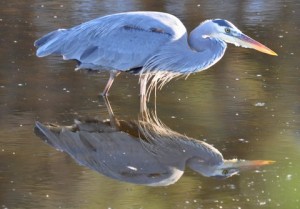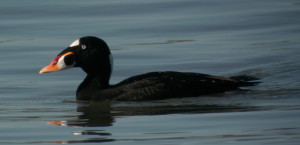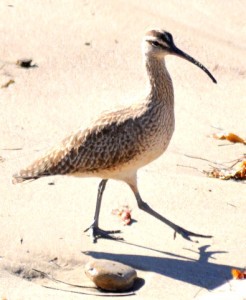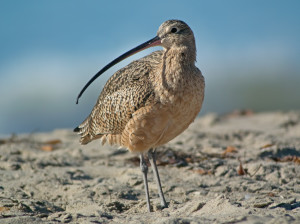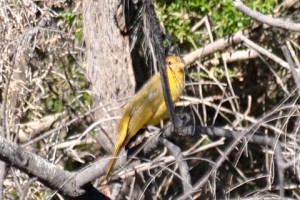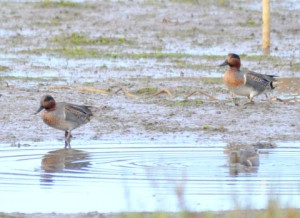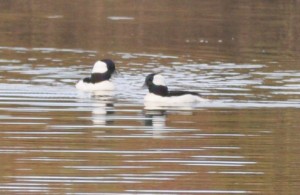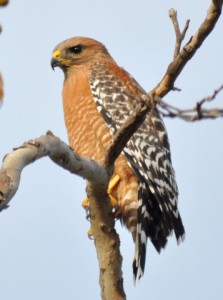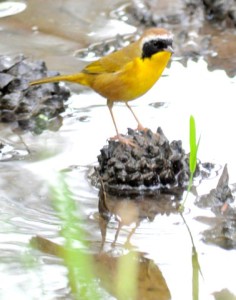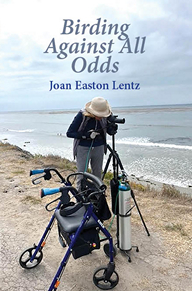As the seasons change, and fall turns to winter, it’s fun to review some of the birding adventures I’ve had while teaching a class full of exceptional participants.
My “students” are unusual.
Each one has something to offer: they all find birds for me, one carries my spotting scope, one locates the correct page in the field guide, and another records the notes on E-bird; and several take photos of the birds we see!
So…..I am wondering who is teaching whom…….but I figure I have a pretty good deal.
Let’s recap a few highlights from our fall field trips:
We started slow and easy at ROCKY NOOK PARK. Nice views of common warblers, our first Red-breasted Sapsucker, and bunches of Lesser Goldfinches on a private feeder off the lane at the north end of the park.
The class at REFUGIO STATE BEACH was tops for migrants. Here we had the Nashville Warbler in the little creek by the stone bridge, and lots of activity offshore. Wes Fritz joined us, which made it even more fun. The kicker came when Glenn Kincaid suggested we go up Refugio Creek after the official class was over. Great excitement as we looked at a Yellow-bellied Sapsucker and a drop-dead gorgeous Painted Redstart – both rare vagrants for our region. (see previous blog post on this day)
Hoping for more fall rarities, we hit the END OF CORONADO DRIVE, where the little “seep” was dry, and the most activity was at the car wash, where a dripping faucet attracted many Townsend’s and Yellow-rumped Warblers. The walk out to the bluffs at More Mesa held Downy and Hairy Woodpecker for good comparisons, and many shorebirds along the beach, plus a Common Loon still in breeding plumage – a surprise for those of us familiar with its plain winter outfit.
At GOLETA BEACH and COAL OIL POINT RESERVE, we had especially rich field trips.
Both are excellent places to observe waterbirds. At Goleta Beach, some of the highlights were: watching Double-crested Cormorants “herd” a school of fish in front of them in the lagoon, then proceed to dive and feed in a fine frenzy; many shorebirds gathered on the edges of the lagoon, ranging in size from the tiny Least Sandpipers to a couple of stately Long-billed Curlews; and one nice flock of gulls that contained Royal and Elegant Terns standing together – a good lesson in differentiating these two hard-to-i.d. species.
At Coal Oil Point, we had a marvelous mixture of land and waterbirds. Turns out that the two rarest birds– the Summer Tanager and the “Yellow-shafted” Northern Flicker—had nothing at all to do with the water at Devereux. (We found them in the dying tamarisk grove near the bridge at the south end.) But the walk along the bluffs looking down on shorebirds feeding in beach wrack, the Peregrine Falcon hurtling by and landing in the eucalyptus grove, and the chance to see some returning ducks like Bufflehead and American Wigeon in the slough made the day an even more outstanding one.
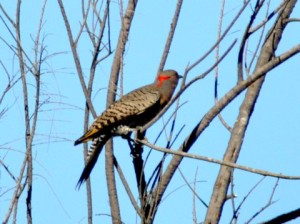
At CARPINTERIA SALT MARSH NATURE PARK, we saw a mixed flock of feeding shorebirds which revealed Long-billed Dowitchers and Western Sandpipers, and we got great looks at Green-winged Teal as they, too foraged in the mud. A walk over the bridge towards Santa Monica and Franklin Creeks, on the newly preserved Land Trust property, brought sightings of the state endangered Belding’s Savannah Sparrow.
WINCHESTER CANYON with a subsequent visit to BELLA VISTA OPEN SPACE provided some of us who lingered – accompanied by a dose of patience! – fine sightings of three of the Fox Sparrow subspecies that winter here: the Red, the Sooty, and the Slate-colored. Who could believe that these shy Fox Sparrows chose this busy, rather trash-strewn urban park in which to spend the winter? They foraged quietly in the leaf litter under the Toyon bushes (difficult to photograph!). The “Red” Fox Sparrow is a favorite, and to think of its boreal breeding range and how far it must’ve traveled to get to coastal Santa Barbara County, makes us realize just how random bird-finding can be.
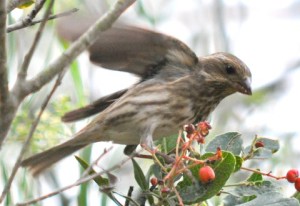
Fortunately, we benefit from all the skilled birders in our area who find great birds and then post them on the sbcobirding website.
Stay tuned for the last class at LAKE LOS CARNEROS!
